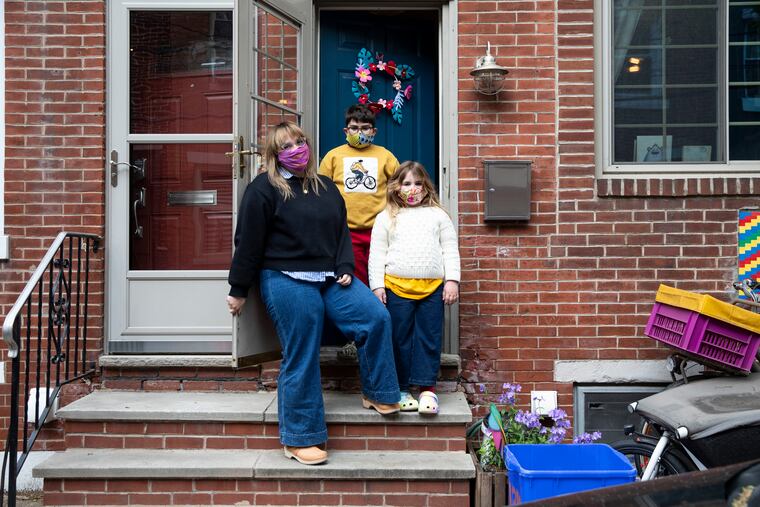Is going out without a mask an act of aggression? Some in Philly take it that way.
"I do feel like I get judging glares when I’m out without it — at the post office, gas station, whatever. But then I see people driving alone with them on and I’m like, ‘Why?’”
